#egyptian hieroglyphs
Explore tagged Tumblr posts
Text
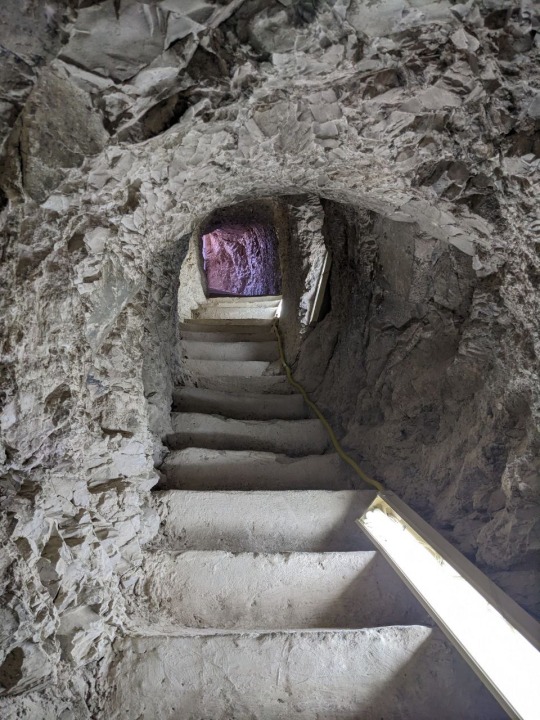
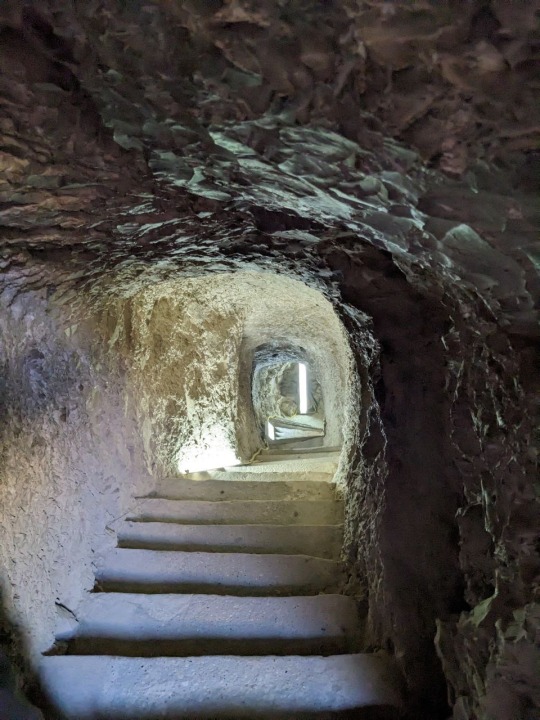
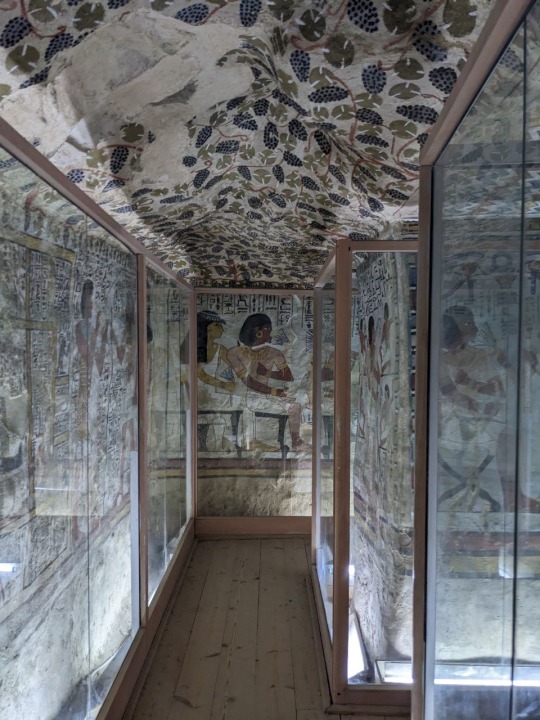
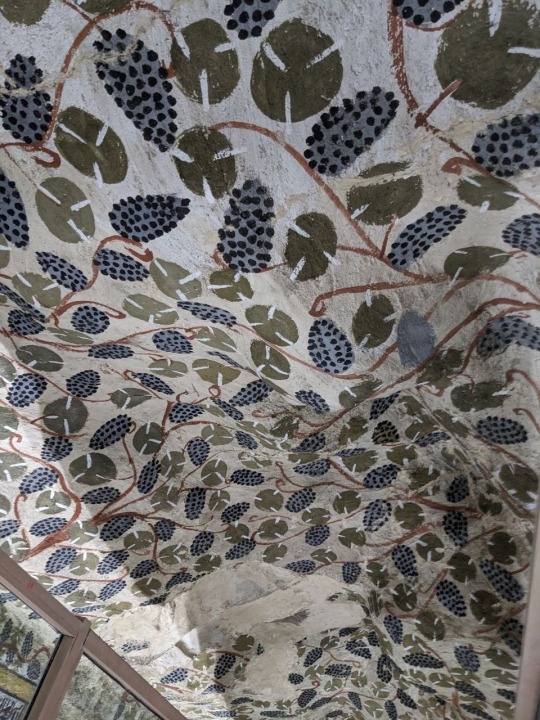

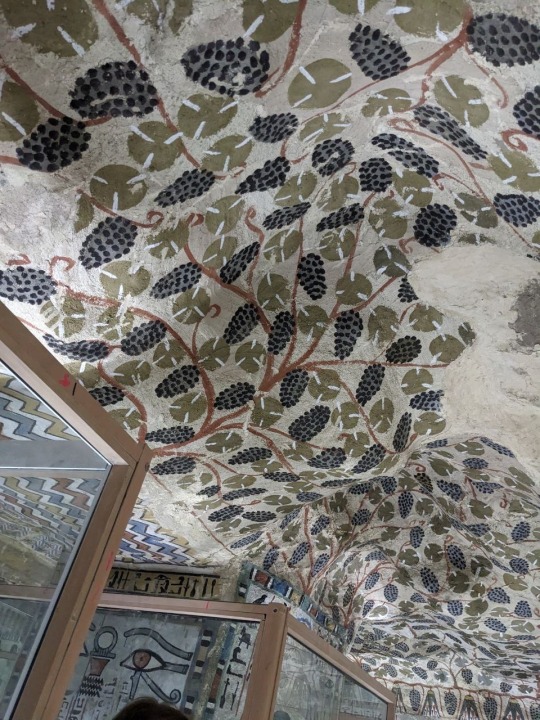
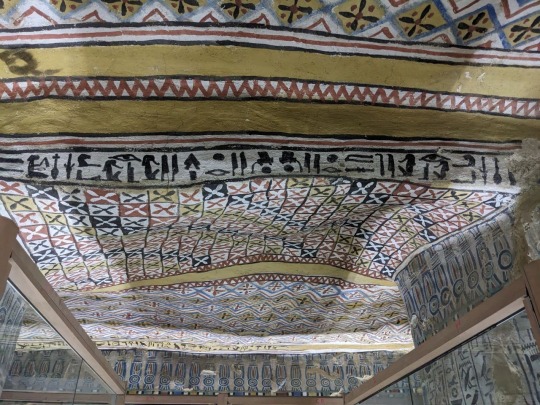
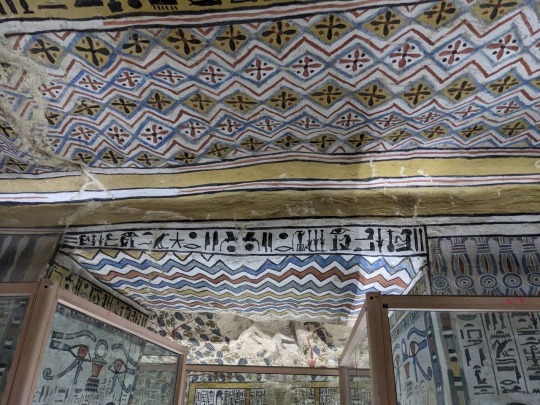
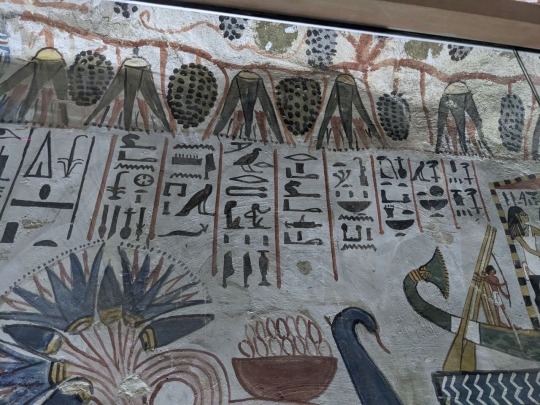
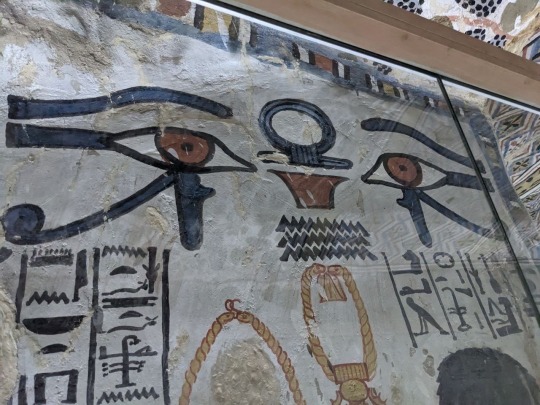
Ceiling and imagery of the Tomb of the Vineyards, burial of Sennefer, Mayor of the Southern City, Thebes, during the 18th dynasty of Egypt.
Photos taken by me, August 2023
It’s hard to tell which way is up and down when walking through the tunnel leading from the surface into the tomb. Before entering the main chamber there is a small antechamber whose ceiling is quite low, and then a shallow arch which leads to the main room depicted in the above photographs. Both chambers contain a good deal of paintings, however the main chamber holds the most numerous and well preserved paintings, of course. Besides the ceiling, everything is encased in glass.
#ancient egypt#egyptian mythology#egyptian hieroglyphs#egyptian art#ancient history#egyptian gods#egyptology#hieroglyphs#archaeology#egyptian history#egypt
2K notes
·
View notes
Text
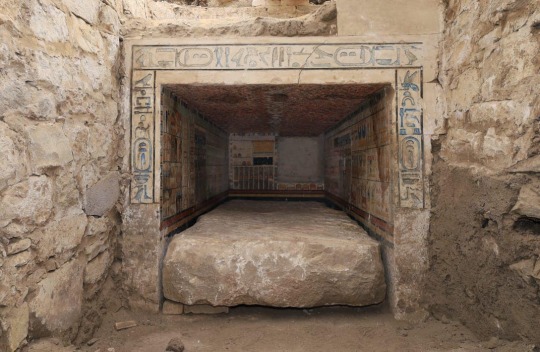
4,000-Year-Old Tomb of Egyptian Royal Physician Found in Saqqara
Teti Neb Fu, a high-ranking physician during Pharaoh Pepi II's reign, held titles like Chief Dentist, Priest of Serket, and Director of Medicinal Plants.
In the southern region of the Saqqara archaeological site, a joint French-Swiss archaeological team made an important discovery uncovering the mastaba tomb of the royal physician Teti Neb Fu from the Old Kingdom, according to a statement by the Egyptian Ministry of Tourism and Antiquities.
This tomb, unearthed in the southern region of the archaeological site of Saqqara, known to contain the tombs of high-ranking officials from the Egyptian Old Kingdom, shows that medicine and magic were once equally revered, and expertise in both earned a long-dead physician to the pharaohs a place of honor among the ancient world’s most esteemed.
Dating back over 4,000 years to the reign of King Pepi II, this important find features exquisite carvings and vibrant artwork, including a painted false door and elaborate scenes depicting funeral offerings.
The sarcophagus found inside the tomb was also inscribed with the name of its occupant and his titles, according to the post. Because of the burial location in Saqqara, researchers knew he was important, but Teti Neb Fu’s official titles named him as the chief palace physician.
Teti Neb Fu, who held prestigious titles such as Chief Palace Physician, Chief Dentist, and Director of Medicinal Plants, also had a unique role as a “Magician” of the Goddess Serket, specializing in the treatment of venomous bites.
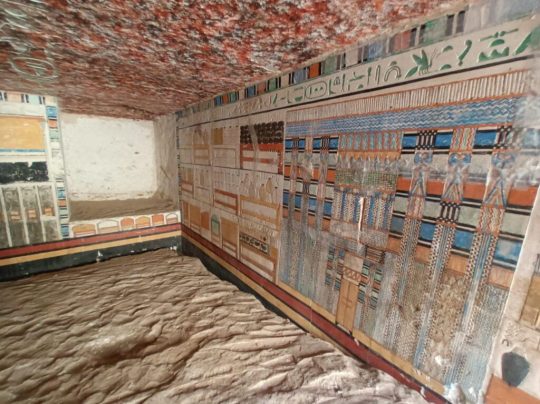
Additionally, he was known as the “Great Physician of Teeth” and “Director of Medicinal Plants”, suggesting that he led research and practical applications in the fields of dentistry and the use of therapeutic herbs.
Even though it had been looted in the past, the mastaba still has many of its ornamental features. The director of the archaeological mission, Dr. Philippe Collombert, said the walls are decorated with remarkable reliefs and inscriptions, including a complex frieze that displays the owner’s name and titles.
Among the most remarkable elements is the red-painted ceiling, which is intended to resemble granite blocks, a material commonly found in imposing buildings. The titles and name of the doctor are also written in the middle of the ceiling. An additional noteworthy discovery within the mastaba is a stone sarcophagus, which has hieroglyphic decorations inside that offer more information about Teti Neb Fu and his accomplishments.


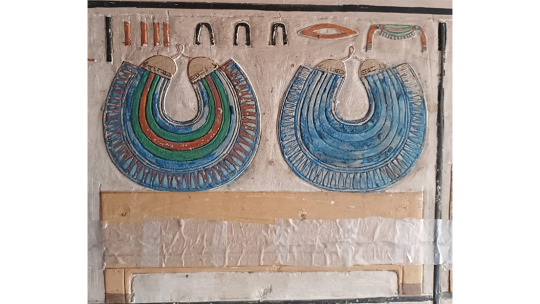
Mohamed Ismail Khaled, secretary-general of Egypt’s Supreme Council of Antiquities, emphasized the importance of this discovery, stating that the texts and drawings on the tomb’s walls unveil new insights into the daily life of the Old Kingdom.
This discovery strengthens Saqqara’s position as one of Egypt’s most important historical sites and contributes to its rich archaeological legacy.
Excavations in this area of Saqarra began in 2022, to unearth the graves of state employees for King Pepi who are buried near him and his wives, officials said.
By Oguz Buyukyildirim.
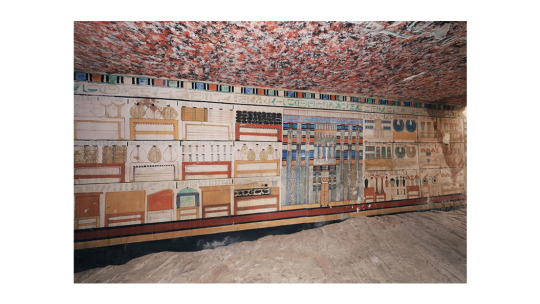
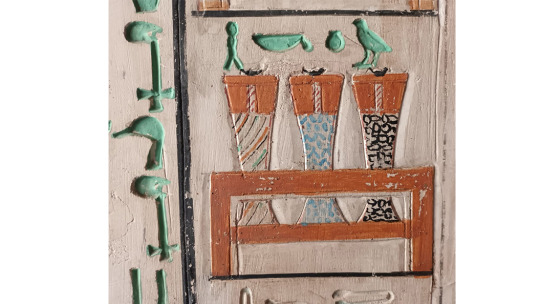
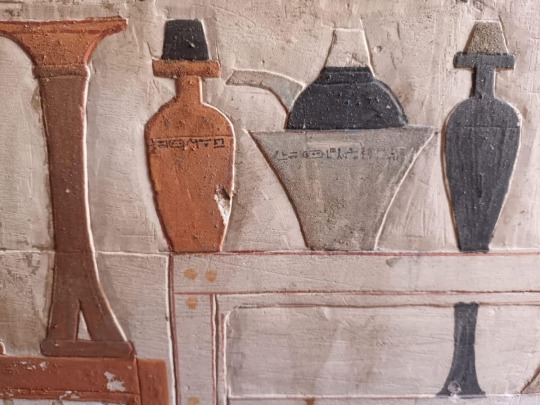
#4000-Year-Old Tomb of Egyptian Royal Physician Found in Saqqara#Saqqara#ancient tomb#ancient grave#ancient artifacts#archeology#archeolgst#history#history news#ancient history#ancient culture#ancient civilizations#ancient egypt#egyptian history#egyptian hieroglyphs#ancient art#Teti Neb Fu
369 notes
·
View notes
Text

#egyptian#egyptian hieroglyphs#egyptian langblr#kemetic#kemetism#kemeticism#kemet#ancient egypt#egyptology#egyptian gods
60 notes
·
View notes
Text

Roman Emperor Augustus as Pharaoh making offerings to Horus and Hathor. Color projection onto the side of the Temple of Dendur(c. 10 BCE)
Metropolitan Museum of Art, New York City.
Photo credit: the Met
#roman emperor#augustus#horus#hathor#ancient history#ancient rome#ancient egypt#roman history#egyptian history#egyptology#egyptian gods#egyptian hieroglyphs
17 notes
·
View notes
Text
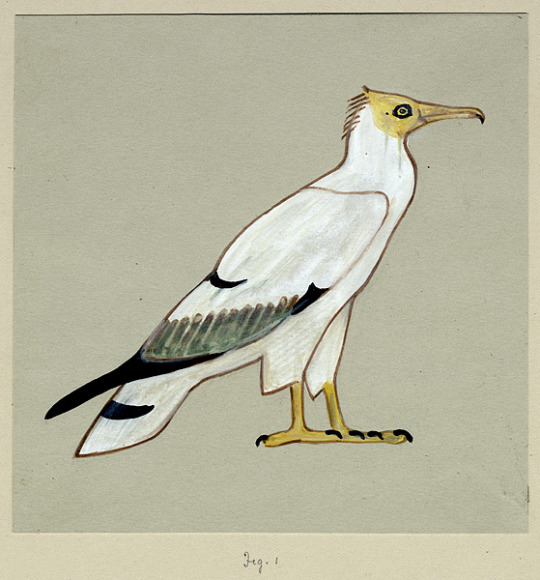



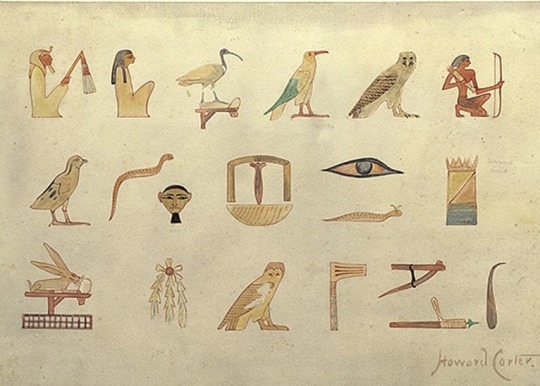

Howard Carter, Egyptology Illustrations, circa 1890s-1920s
#egyptian#egyptology#illustration#illustrator#illustration art#archaeology#egyptian history#egyptian hieroglyphs#hieroglyphs#egyptian culture#aesthetic#beauty#english artist#egyptian art#egyptian aesthetic#egyptian archaeology#aesthetictumblr#art history#tumblraesthetic#tumblrpic#tumblrpictures#tumblr art#tumblrstyle#artists on tumblr#modern art
73 notes
·
View notes
Text
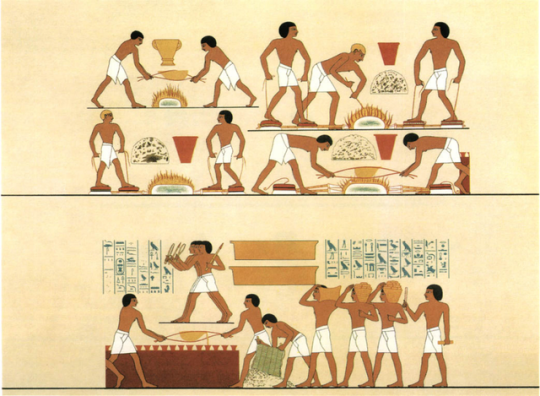
The scene showing metal workers is part of a wall depicting different professions in the tomb of Rekhmire', vizier of Tuthmosis III and Amenophis II. Above, the fires are kept ablaze with foot-operated bellows; below, the men are casting bronze doors in a large mould. The inscription states that the bronze is brought from Asia, from the land of Retjenu. Atlas of Egyptian art. Page 119
#egyptian hieroglyphs#egyptian#kemetism#egyptian architecture#kemeticism#ancient egypt#egyptology#egyptian gods#architecture#sekhmet#Egyptian doors#door#doors#Hieroglyphics#Egyptian house
60 notes
·
View notes
Text
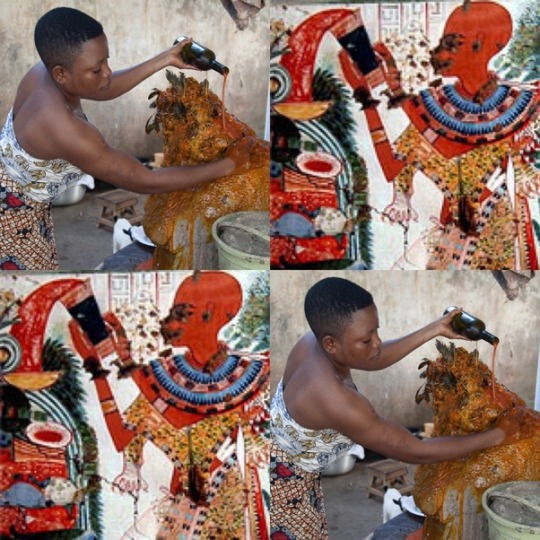
To those who say there’s no connection between West Africa and ancient Egypt you may want to revise such notions.
The oil palm (Elaeis guineensis) is a native of West Africa. It flourishes in the humid tropics in groves of varying density, mainly in the coastal belt between 10 degrees north latitude and 10 degrees south latitude. It is also found up to 20 degrees south latitude in Central and East Africa and Madagascar in isolated localities with a suitable rainfall. It grows on relatively open ground and, therefore, originally spread along the banks of rivers and later on land cleared by humans for long-fallow cultivation (Hartley 1988: 5–7).

The palm fruit develops in dense bunches weighing 10 kilograms (kg) or more and containing more than a thousand individual fruits similar in size to a small plum. Palm oil is obtained from the flesh of the fruit and probably formed part of the food supply of the indigenous populations long before recorded history. It may also have been traded overland, since archaeological evidence indicates that palm oil was most likely available in ancient Egypt. The excavation of an early tomb at Abydos, dated to 3000 B.C., yielded “a mass of several Kilograms still in the shape of the vessel which contained it” (Friedel 1897).
A sample of the tomb material was submitted to careful chemical analysis and found to consist mainly of palmitic acid, glycerol in the combined and free state, and a mixture of azelaic and pimelic acids. The latter compounds are normal oxidation products of fatty acids, and the analyst concluded that the original material was probably palm oil, partly hydrolyzed and oxidized during its long storage.

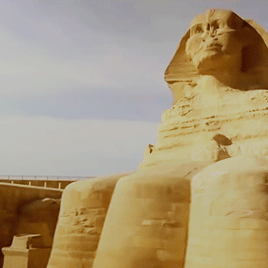
#african#afrakan#kemetic dreams#africans#brownskin#afrakans#brown skin#african culture#afrakan spirituality#vodun#voodoo#palm oil#egyptian#egyptian art#egyptian gods#egyptian history#egyptian mythology#egyptian hieroglyphs#egyptology#archaeology#ancient#ancient egypt#kemet#ancient kemet#kemetic paganism#kemetic#kemetism#sons of kemet#kemeticism#bastet
28 notes
·
View notes
Text





Strange facts about Ancient Egyptian Hieroglyphs.
I couldn't resist to make memes with this scene of Castlevania Netflix.
Just for leave context, the hieroglyphics on question are D52 and D53 of Alan Gardiner's hieroglyphics list.
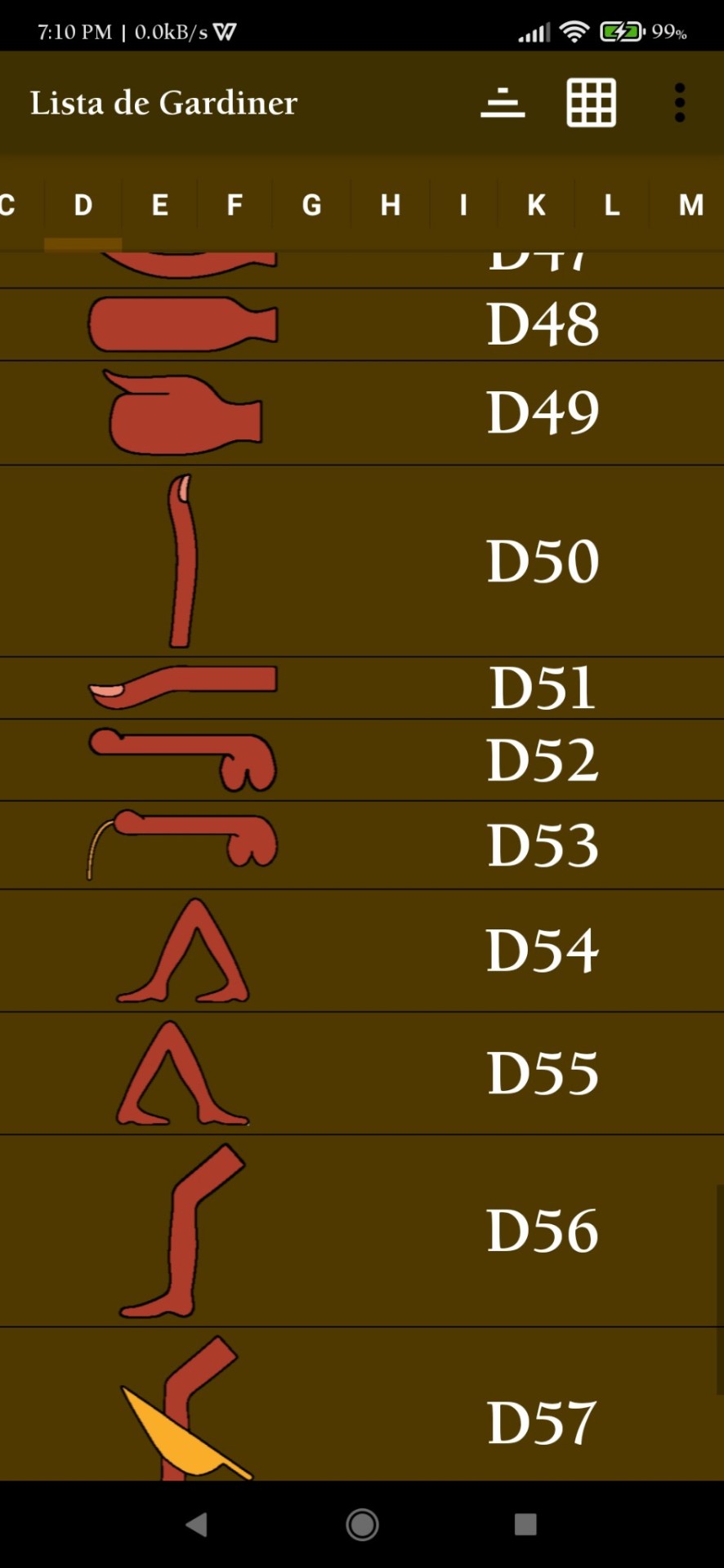
#castlevania#castlevania memes#castlevania netflix#alucard#sypha belnades#ancient egypt#hieroglyphs#egyptian hieroglyphs#ancient egypt memes
28 notes
·
View notes
Text




2 notes
·
View notes
Text
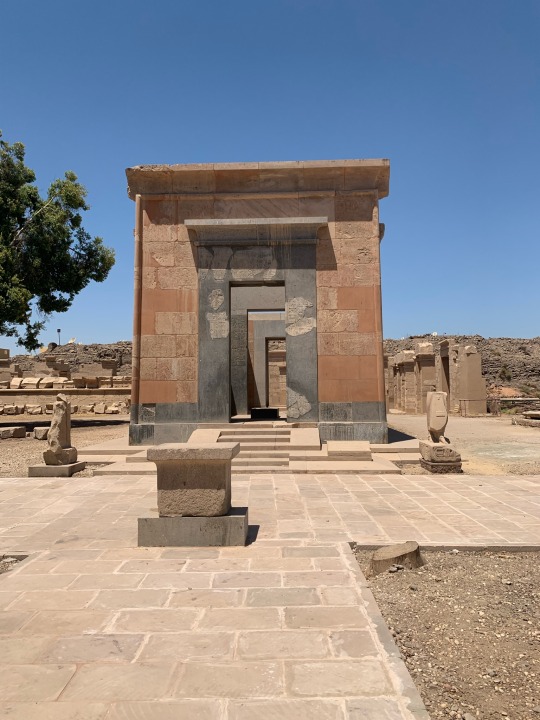
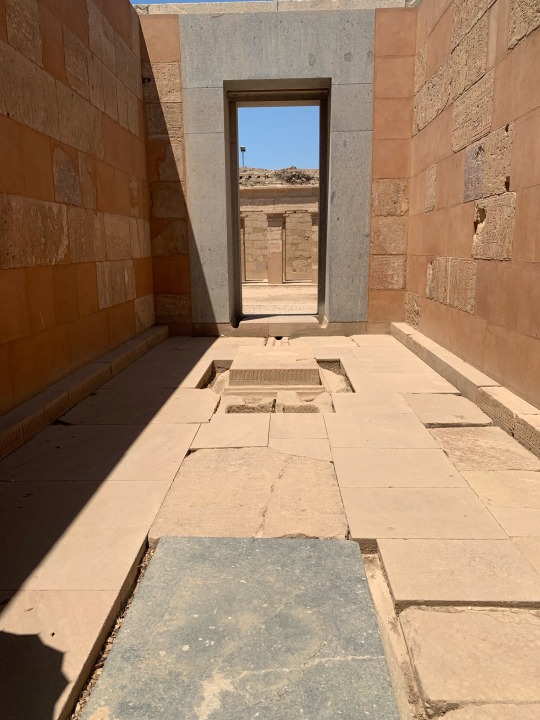
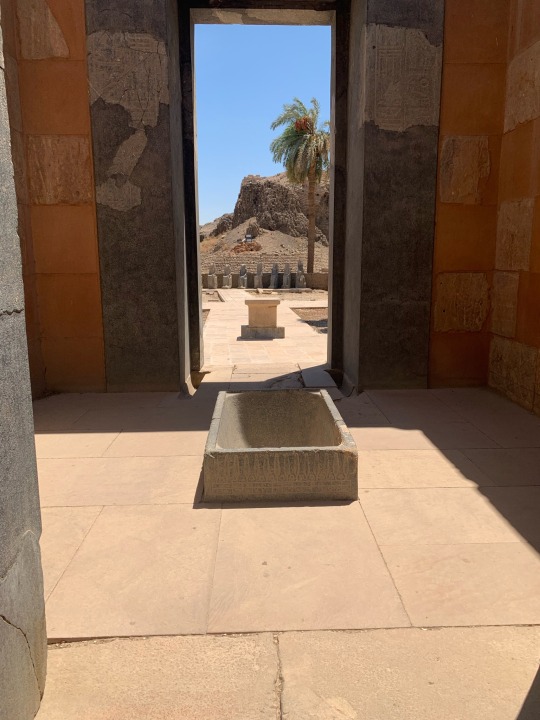
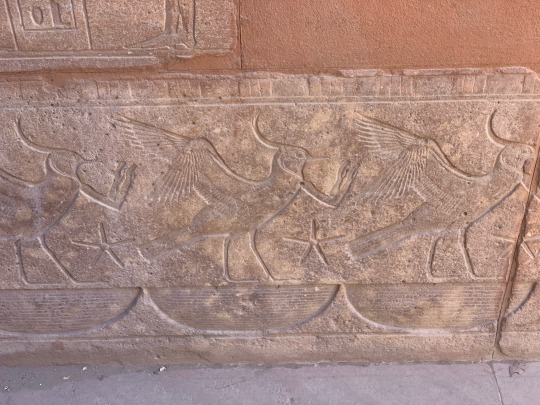
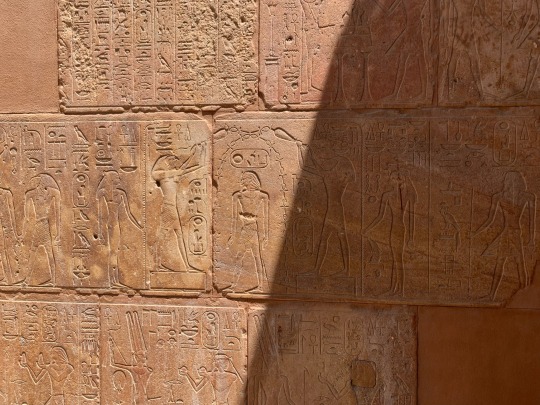

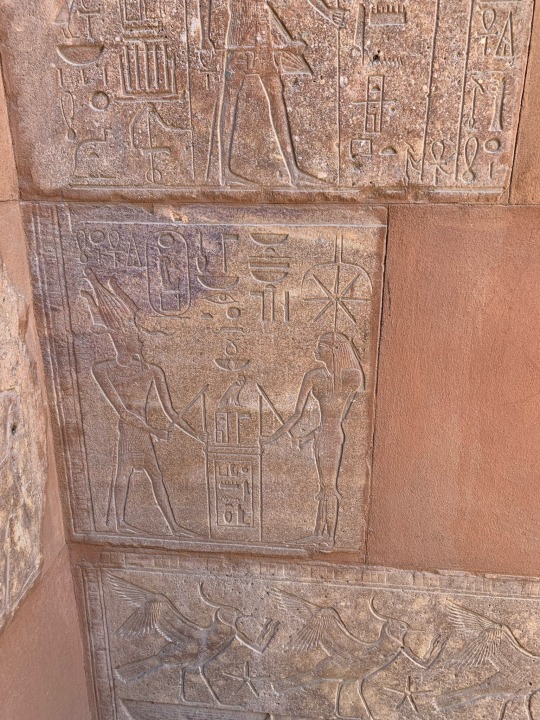
Hatshepsut’s Red Temple, currently presiding in Luxor, in the Karnak Temple Complex. Although never finished and deconstructed after the end of Hatshepsut’s reign, it has been rebuilt now; at least what remains of it. It’s rather small and has no roof now, but the basalt basin shows clearly its’ purifying uses, as in the back exit, small canals were built into the steps to let water run off. The red stone of the temple shrine glitters in the sun, outlined by rich black doorways.
#ancient egypt#Hatshepsut#egyptian hieroglyphs#egyptian gods#egyptian mythology#ancient history#egyptian art#egyptology#ancient art#hieroglyphs#archaeology#kemetic#kemet
2K notes
·
View notes
Text

An Egyptian Gilt Cartonnage Mummy Mask Ptolemaic Period, 304-30 B.C.
#An Egyptian Gilt Cartonnage Mummy Mask#Ptolemaic Period#304-30 B.C.#mummy mask#ancient artifacts#archeology#archeolgst#history#history news#ancient history#ancient culture#ancient civilizations#ancient egypt#egyptian history#egyptian hieroglyphs#egyptian art#ancient art
220 notes
·
View notes
Text

2 notes
·
View notes
Text

Bakw Nofer = Good worker!
#egyptian#egyptian hieroglyphs#egyptian langblr#kemetism#kemeticism#kemetic#ancient egypt#kemet#egyptology#egyptian gods
17 notes
·
View notes
Text
ancient languages summer courses
the belfast summer school in ancient languages is offering courses in beginning, intermediate, and advanced Latin and Greek, as well as Biblical Hebrew, Classical Arabic, Egyptian Hieroglyphs, and Old English, both in person at Queens University Belfast and online. prices range from GBP 75 to GBP 145 for one-two weeks of classes. information can be found here.
#isaac.txt#academia#academic accessibility#ancient languages#latin#greek#hebrew#classical arabic#hieroglyphics#egyptian hieroglyphs#old english
37 notes
·
View notes
Text
CATS: A Timeless Muse in Art
— From Egyptian Hieroglyphs to Van Gogh's Post-Impressionism and Munch's Expressionism, felines grace the canvas of Art History. 🐈
📹: chansapphira
#cats#felines#art history#Egyptian Hieroglyphs#Post-Impressionism#Expressionism#Van Gogh#Edvard Munch#art#timeless muse
19 notes
·
View notes
Text

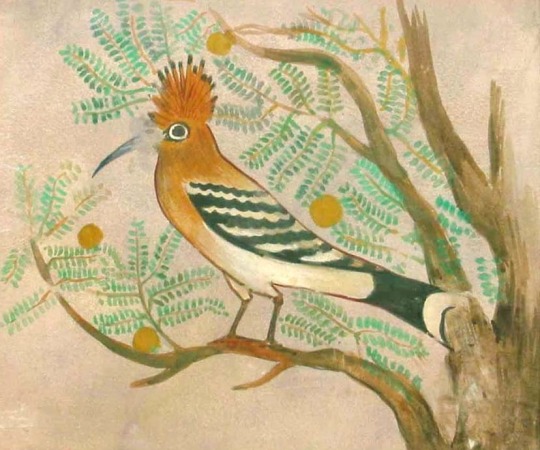
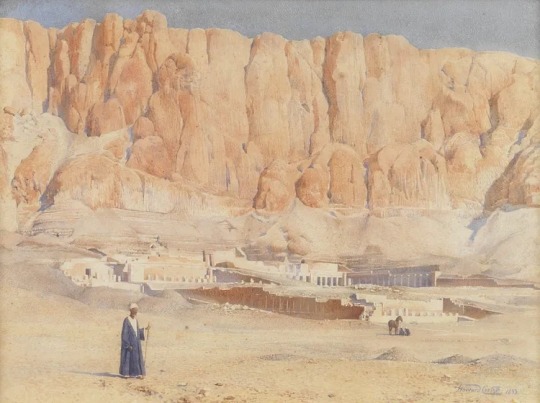

Red-backed Strike, Beni Hasan, illustration by Howard Carter, ca. 1891
Hoopoe bird illustration by Howard Carter, tomb of Khnumhotep Il at Beni Hasan, 1891
The Temple of Hatshepsut, watercolor by Howard Carter, ca. late 1890s
Hatshepsut's Temple, photograph by Lekegian, c. 1895
#egyptology#howard carter#ancient egypt#ancient history#illustration#illustrator#archaeology#archaeological art#egyptian hieroglyphs#egyptian history#egyptian culture#Egyptian people#english artist#english painter#art history#tumblrpictures#tumblr art#birds#birds in art#beautiful birds#birds of tumblr#birdwatching#tumblrposts#nature#wildlife#aesthetictumblr#tumblraesthetic#tumblrpic#tumblrstyle#artists on tumblr
44 notes
·
View notes